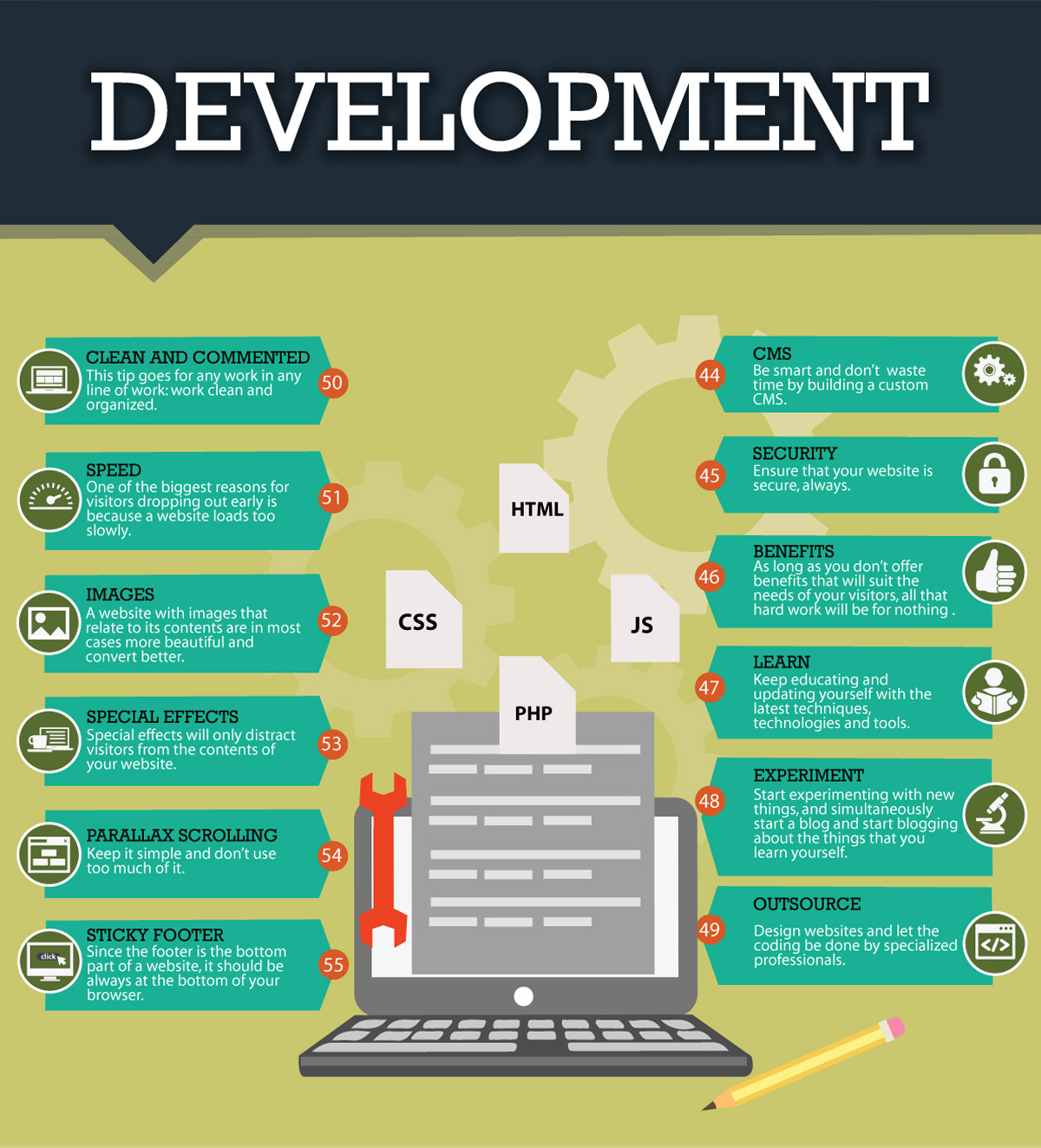Key Elements Of Site Layout: Techniques For Creating An Easily Accessible Customer Experience
Key Elements Of Site Layout: Techniques For Creating An Easily Accessible Customer Experience
Blog Article
Authored By-Crews Gammelgaard
When it involves site design, guaranteeing user-friendliness is vital. From receptive design to structured navigating, every element plays a crucial duty in creating a site that caters to your target market's requirements. However what regarding the finer information that can make or break a user's searching experience? Stay tuned as we uncover some often-overlooked suggestions that can raise your internet site's use to the next degree, making it absolutely stand apart in the digital landscape.
Significance of Responsive Layout
Receptive design is a vital element of contemporary website advancement. Ensuring your website is responsive methods that it can adjust to various screen dimensions and gadgets, offering a smooth experience for customers.
With https://journals.lww.com/thehearingjournal/fulltext/2020/12000/what_s_your_digital_marketing_strategy__actionable.1.aspx boosting use of smartphones and tablets to access the web, having a receptive layout is important for getting to a larger audience. It assists in improving customer experience by making your website simple to browse and read on any kind of gadget.
In addition, responsive design can positively influence your internet search engine positions, as online search engine like Google prioritize mobile-friendly sites. By having a receptive style, you're likewise future-proofing your site, as new devices with differing screen sizes remain to emerge.
Simplify Navigation Framework
To enhance user experience and facilitate very easy accessibility to information on your internet site, simplifying the navigating framework is critical. When designing your site, concentrate on producing a clear and intuitive navigation food selection that assists visitors locate what they're trying to find swiftly.
Restriction the number of menu things to the fundamentals, organizing related web pages together to stay clear of overwhelming users. Use descriptive labels that plainly show the material of each page, making it less complicated for users to recognize where each link will take them.
Take into consideration carrying out dropdown menus for subcategories to prevent littering the main navigation bar. Furthermore, consist of a search bar plainly on the page for customers who choose searching for particular info.
Focus on mobile responsiveness in your navigating style to make certain very easy accessibility on all devices.
Optimize Web Page Tons Rate
Improving page tons speed is essential for maintaining visitors on your site. Slow-loading web pages annoy customers and can lead to high bounce prices. To enhance web page load speed, beginning by enhancing images. Compress images without endangering top quality to lower their data dimensions.
Furthermore, make simply click the up coming internet site for browser caching to keep regularly accessed resources in your area, speeding up load times for returning visitors. Minify CSS, JavaScript, and HTML files by removing unneeded personalities, remarks, and formatting, boosting load speed.
Consider using a material delivery network (CDN) to distribute your site's web content throughout multiple web servers worldwide, decreasing latency for customers accessing your website from various places. Last but not least, limit making use of third-party manuscripts and plugins, as they can considerably affect tons times.
Verdict
To conclude, by including responsive layout, streamlining navigating, and enhancing web page tons speed, you can produce a straightforward site that attract a larger target market and boosts customer experience. These essential elements ensure that visitors can quickly accessibility and browse your site throughout various devices, leading to boosted involvement and contentment. By concentrating on these essential elements, you can develop a successful site that keeps users coming back for even more.
